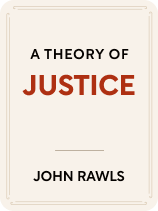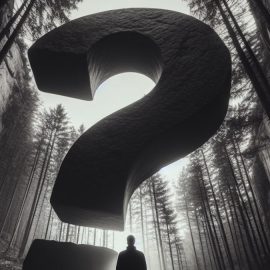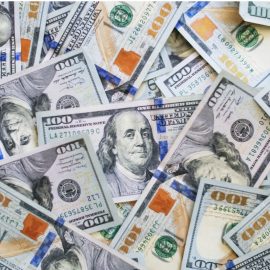

This article is an excerpt from the Shortform book guide to "A Theory of Justice" by John Rawls. Shortform has the world's best summaries and analyses of books you should be reading.
Like this article? Sign up for a free trial here.
What does John Rawls mean by distributive justice? What’s the most just way to distribute social goods in a society?
Distributive justice is the second principle of justice in John Rawls’s theory of justice as fairness. The principle of distributive justice states that everyone in society should have basic equal rights, liberties, and duties.
Keep reading to learn about John Rawls’s distributive justice principle.
The Distributive Justice Principle
The distributive justice principle derives naturally from the original position, since everyone involved would want to guarantee they weren’t oppressed. To explore John Rawls’s distributive justice principle, we’ll examine his definition of rights and liberties as well as how he says social institutions can resolve conflicts between different rights and liberties.
Defining Rights and Liberties
Rawls frames rights, liberties, and duties in terms of limits on actions: what people are (or are not) allowed or able to do. He doesn’t define every single right, liberty, and duty that he believes is just, suggesting instead that this is the job of social institutions. However, he does note several important examples: freedom of religion, freedom of speech, the right to equal political participation, and property rights. In addition, Rawls’s conception of political equality extends beyond detached formal rules to include the equal right to exercise political power (by holding office or voting in an election, for example). This right ensures that people who already have some degree of wealth and power don’t get a greater say in political decisions.
For example, a formal rule ensures that each citizen has one vote in an election. However, this doesn’t guarantee equality by itself—Prudence, who is wealthy, can spend far more money than the average citizen to organize people around her political platform and campaign for votes. In this situation, Prudence would, in practice, be able to exercise more political power than most. Therefore, Rawls believes the state must place limits on the role of wealth in political organization or provide resources to those with less so they too can organize around issues.
Rights, Liberties, and Conflicts
Sometimes, different rights and liberties will contradict each other, acknowledges Rawls—for example, if someone randomly threatens to kill a stranger on the street, the threatener’s right to free speech conflicts with the stranger’s right to personal safety. To address this conflict, Rawls says representatives in the original position would attach two additional rules to the first principle:
1) A society can restrict certain liberties but only if doing so creates greater liberty for everyone. For example, privacy laws restrict an individual’s liberty to spy on their neighbors, but these laws create a broader right to privacy for everyone in society. In addition, Rawls suggests that this rule makes it unjust for a majority in society to oppress a minority. While that may limit the right of the majority to freely exercise political power, it preserves many more crucial rights and freedoms of the minority.
2) Some people can have less liberty than others if they consent to it. There are circumstances where people need others to act on their behalf. In this case, it’s just for an individual to entrust some of their liberty in a guardian—so long as the guardian rationally considers what the individual would want if they could act for themselves. For example, a coma patient needs (and presumably wants) someone to act on their behalf. Therefore, it’s just for someone they trust, like a doctor or family member, to temporarily act on their behalf, making decisions based on what they think the coma patient would want.

———End of Preview———
Like what you just read? Read the rest of the world's best book summary and analysis of John Rawls's "A Theory of Justice" at Shortform.
Here's what you'll find in our full A Theory of Justice summary:
- John Rawls's 1971 theory of justice as fairness
- A breakdown of Rawls's Original Position theory and framework
- The three duties every citizen has in a just society






